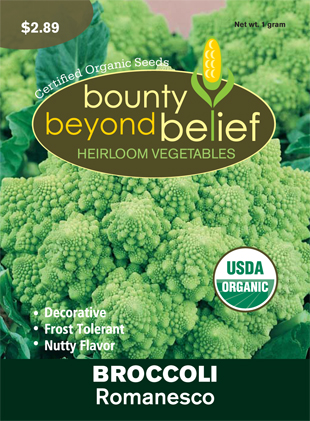3 Veggies You Gotta Grow at Home
by Sandy Swegel
These three veggies you gotta grow at home because they aren’t easy to find in grocery stores. Even if you can buy them, they are so much better fresh out of the garden AND super easy to grow.
Broccoli Raab Rapini
This is a relative to big broccoli stalks. You get the same great taste and vitamins as the bigger broccoli except this is easier and faster to cook. You can buy raab in the grocery stores sometimes, but it’s often large and the leaves can be tougher. Clipped young out of the garden and sauteed with olive oil or in stir-fry, it’s tender and sweet. And it’s easy to throw a little in your juicer without it overwhelming other vegetables.
Chioggia Beets
You can buy beets with greens attached, but again you don’t get the young tender sweet greens you can clip directly out of the garden that are great for stir-fry or slipped into a mixed salad. Any beet would work, but the Chioggia have those super cool stripes that look great sliced very thin in a salad.
Anyone who has read this blog knows I’ve got a thing for peas. But the dwarf grey sugars reign above all the others. First, the plant with its pretty pink flowers could pass for a sweet pea. Second, even the leaves of this pea are tasty and you could grow these peas just for microgreens. Third, the young pod is sublime. Eaten young right off the plant it is sweet and tender. Grown a little more, it’s a great snack refrigerated or even to be used in the traditional way in a stir-fry.
Gardening is fun but also can take a lot of time and work. I like to grow food that I can’t just buy in the grocery store but is a delight when grown at home.


